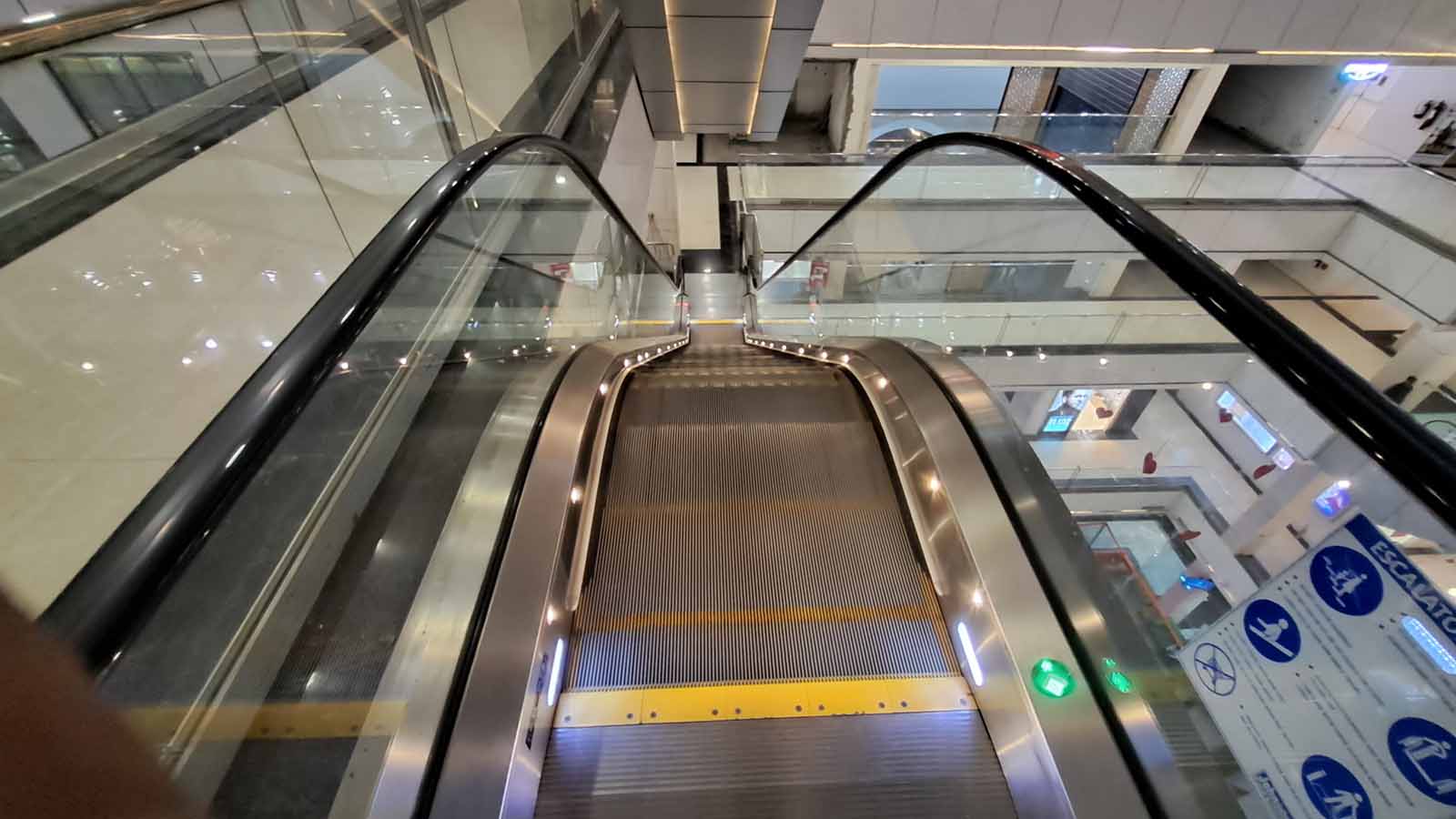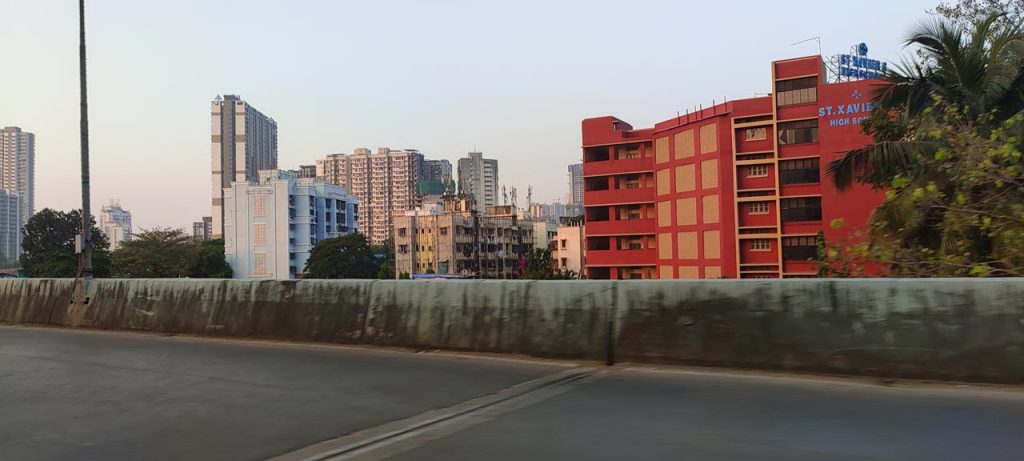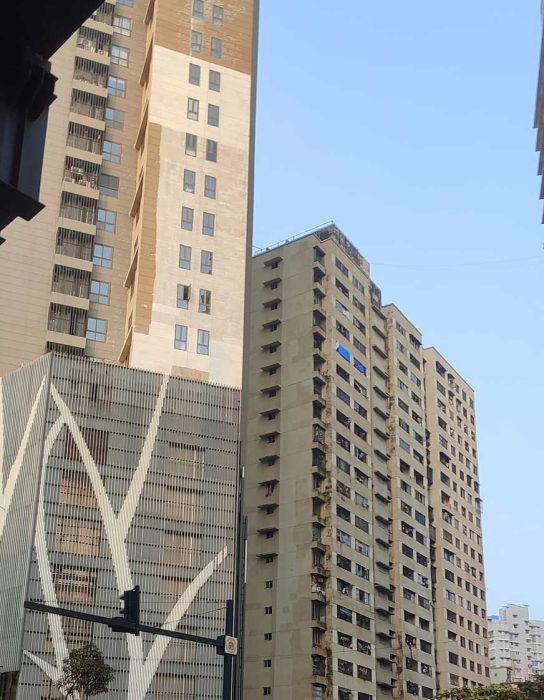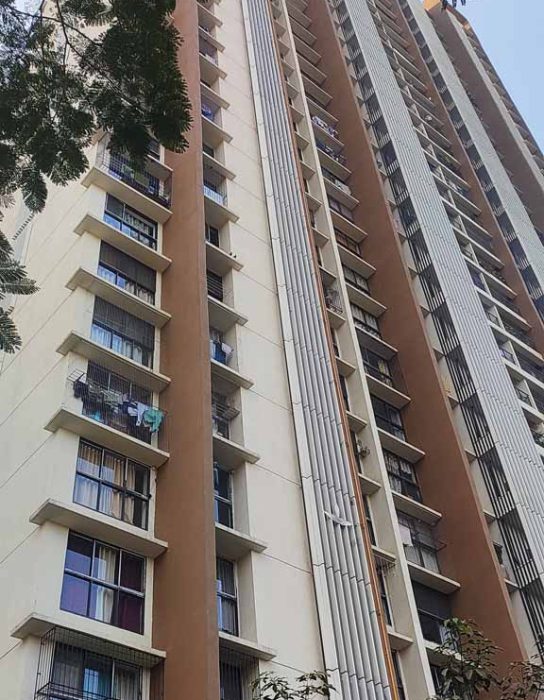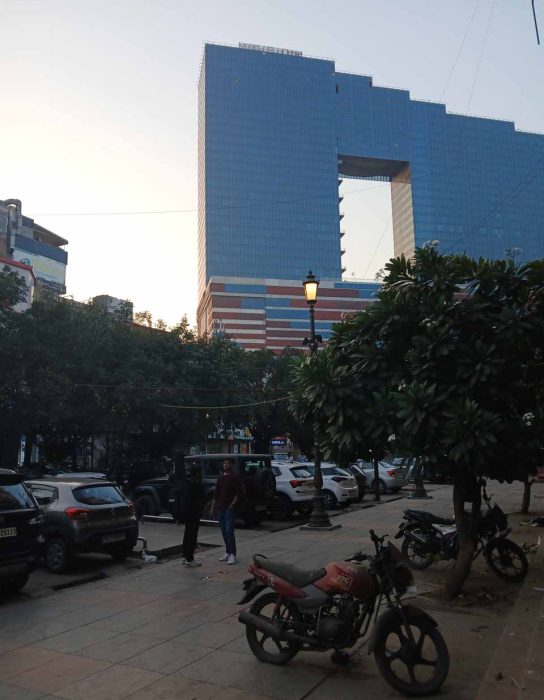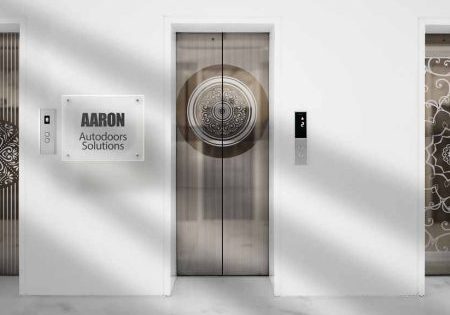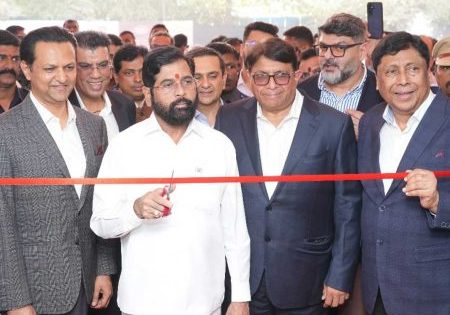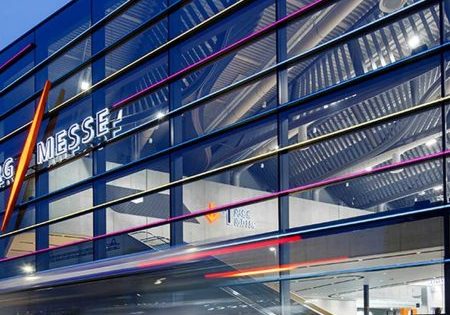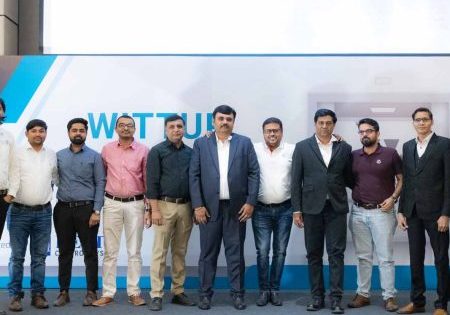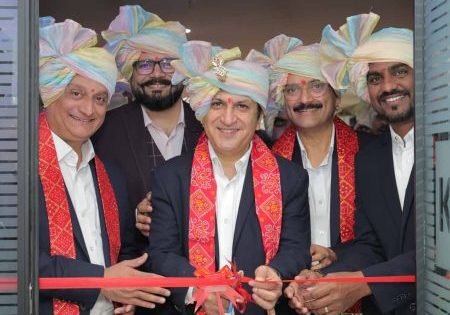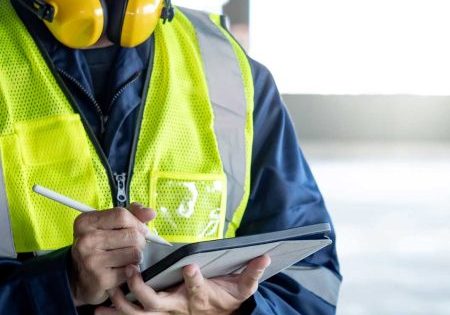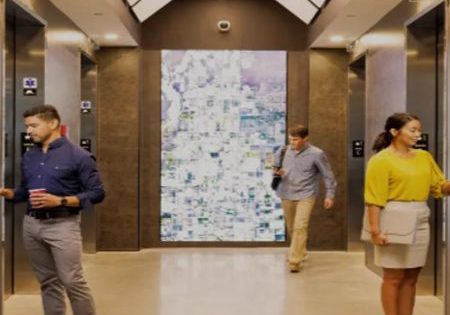VT is critical for accessible design.
images by Gagandeep Kaur
There are few things more frustrating than the feeling of being trapped, whether it’s in a building with no access to an elevator or waiting in a malfunctioning lift as time ticks by. We all rely on vertical transportation (VT) — elevators, escalators and lifts — in ways we don’t even think about. VT is vital to our daily routines. From rushing to a meeting in a towering office building to heading home from a long day’s work, VT systems are often the unnoticed lifelines that connect us to the spaces we occupy.
But there’s something important we often overlook. VT is not just about convenience or getting from one floor to another; it’s about ensuring that every person, regardless of their physical abilities, age or background, has access to the same opportunities. It’s about creating environments that are easy to use, safe and inclusive for everyone.
When we talk about easy access, we are referring to a fundamental human need: the ability to get where you need to go without undue difficulty. Safety means that we can use these systems with confidence, without fear of harm or discomfort. And inclusiveness goes beyond making sure everyone can physically use an elevator; it means creating a space where every person feels welcomed, valued and secure.
Breaking Barriers: Easy Access for All
The idea of easy access might seem simple, but in reality, it’s something that’s still far too rare in urban infrastructure. Imagine being someone who relies on a wheelchair or mobility aids to move around. For these individuals, elevators aren’t just a convenience; they are often the only means of getting from one floor to another. And yet, far too many buildings still fall short of meeting their needs.
We live in a world where accessibility often gets treated as an afterthought. In some cities, it’s not uncommon to find elevators that are too small to accommodate a wheelchair or walkers, or elevators that require a person to struggle to reach the button panel. There’s a simple — but crucial — truth: We need to stop thinking of accessible design as an exception and start making it the standard.
For starters, elevators should be spacious enough to accommodate people using mobility devices, whether that’s a wheelchair, a walker or a stroller. This might seem obvious, but many buildings still fail to take it into account. Imagine the added stress of trying to fit your wheelchair into an elevator while someone else is already inside. It’s not just uncomfortable; it’s a real barrier to independence.
Furthermore, low-entry floors should be a given. A lot of buildings still have elevator entrances that are too high, requiring individuals to navigate steps or steep ramps to enter. This small change can make a world of difference for people with mobility impairments. It’s about ensuring that people don’t feel excluded from spaces to which they should have equal access.
Access isn’t just about physical space; it’s about making sure everyone can use the technology without confusion. That’s why it’s crucial for elevator systems to integrate audio, visual and tactile cues. These features are essential for people with sensory impairments, allowing them to know what floor they’re on or when the elevator doors will open. For example, an elevator can have a voice notification system that announces the floor, a braille panel for those who are visually impaired and a light indicator that signals when the doors are about to close. It’s the little things that can make a huge difference.
When we create systems that prioritize accessibility, safety and inclusiveness, we build cities that truly work for everyone.
In a truly accessible world, no one should ever feel like an afterthought when using VT. Access should be seamless for everyone, regardless of their needs.
Safety First: Keeping Users Secure
Safety isn’t just about preventing accidents; it’s about ensuring that people feel secure while they use elevators. Think about it. When was the last time you gave much thought to the safety features of an elevator? Most of the time, we simply press a button and expect everything to work smoothly. But when things go wrong, when an elevator stops unexpectedly or malfunctions, it’s easy to feel panicked and unsafe.
We’ve all heard horror stories about people being trapped in elevators, sometimes for long periods of time, or worse, facing dangerous situations when something goes wrong. But modern elevators are far more advanced than they were in the past. Today, elevators are equipped with emergency communication systems that allow users to quickly call for help in case of a malfunction. This is a crucial feature, but it’s not enough on its own. The system must be reliable and quick to ensure help arrives without delay.
Predictive maintenance has made a huge difference in safety, too. With the help of sensors and smart technology, building management can monitor the condition of elevators and anticipate problems before they arise. This means issues can be addressed proactively and breakdowns can be minimized. It’s the difference between waiting for something to break down and having it repaired before it even becomes an issue.
Elevator safety also includes the physical safety of passengers during their ride. Many of us have experienced the frustration of elevator doors that close too quickly, or worse, doors that don’t open wide enough to let someone in. It’s more than just an inconvenience — it’s a safety issue, especially for people with mobility challenges. Modern elevator systems are equipped with sensor-based doors that can detect obstacles and prevent doors from closing prematurely. This prevents people from getting caught or injured in the process. Additionally, these sensors can be used to detect when a person is standing too close to the doors, ensuring that no one is accidentally hurt.
Finally, elevators should be equipped with emergency exit instructions and panic buttons that are easy to access. In an emergency, the last thing anyone wants is to be frantically searching for a way to exit or call for help. Emergency protocols should be clear and straightforward, ensuring that users can exit the elevator quickly and safely even if the elevator is stuck between floors.
Safety is about more than just avoiding accidents; it’s about creating an environment where people can feel confident and secure every time they use an elevator.
Inclusive Design: A Space for Everyone
When we talk about inclusivity in VT, we are talking about something much more than just making sure everyone can physically use the elevator. Inclusivity is about creating an environment where everyone feels comfortable, respected and valued. It’s about going beyond meeting legal requirements or standards and creating a space where people from all walks of life can feel welcomed.
Think about it: When was the last time you used an elevator and felt truly comfortable? Have you ever been in a situation where you felt uncomfortable or unsafe, whether because of the design of the elevator or the behavior of others? This happens more often than we think, and it’s something we need to address.
For example, elevators should be designed to ensure gender safety and privacy. In crowded urban centers, especially in high-rise buildings, it’s common for people to be in close proximity to one another. Women, in particular, may feel unsafe or uneasy in elevators, especially if they are traveling alone. Security features such as panic buttons and security cameras can help ensure that everyone feels safe and secure while using the elevator. Additionally, building management should ensure that there are clear lines of communication and training for elevator staff to address concerns in real time.
Inclusivity also extends to people who speak different languages. In a multicultural society, it’s vital that elevator systems offer multilingual options to ensure that people who don’t speak the dominant language can still use the system effectively. Simple features such as providing instructions or floor buttons in multiple languages can make a huge difference for visitors and residents alike.
An inclusive elevator is one that not only serves the physically diverse population but also supports a diverse community of people from all cultures, backgrounds and experiences. It’s about creating a space where people aren’t just physically fit but are made to feel like they truly belong.
The Future of VT: Designing for Tomorrow
As cities continue to evolve, we must not only think about current needs but also future requirements. The world is changing; populations are aging, technology is advancing and urban spaces are becoming more complex. It’s important to consider these factors when designing VT systems that will meet the needs of future generations.
For example, aging populations will require lifts that are even more accommodating to mobility challenges. Smart technology, such as AI-powered systems that adjust to traffic patterns and provide faster service during peak hours, can help ensure that elevators remain efficient and responsive to changing needs.
The future of VT should be intelligent, inclusive and safe. It should anticipate the needs of an increasingly diverse population and design spaces that allow people to move through urban landscapes with ease, safety and dignity.
Elevating Access for All
VT is more than just a convenience. It’s a reflection of how we design and build the world around us. When we create systems that prioritize accessibility, safety and inclusiveness, we build cities that truly work for everyone. And in doing so, we raise the quality of life for all people, regardless of their age, background or ability.
By focusing on these imperatives, we ensure that VT isn’t just a mechanism for getting from one floor to another, but a symbol of progress. It’s about creating a world where everyone can move freely, securely and with confidence — a world where no one is left behind.
Get more of Elevator World. Sign up for our free e-newsletter.
